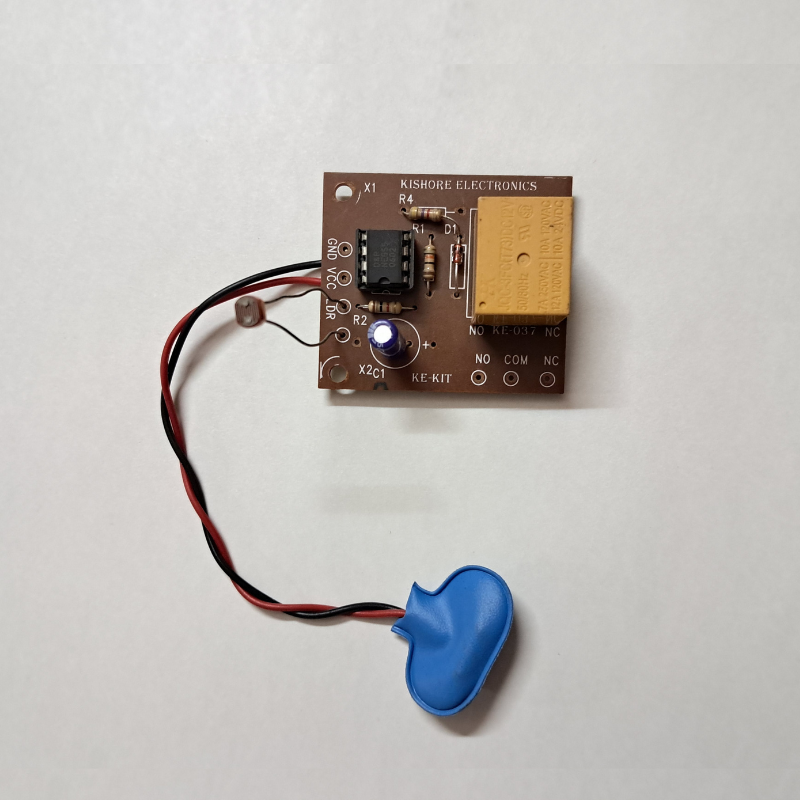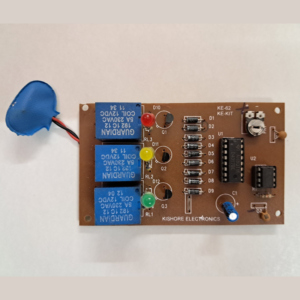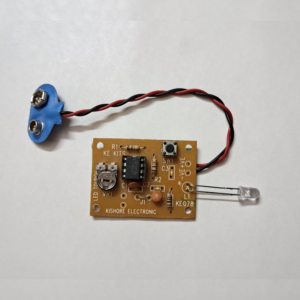A light-sensitive trigger can be used in a variety of applications, such as turning on a light when a room becomes dark, or activating a motor when a beam of light is interrupted.
This circuit is easy to build and can be customized for a wide range of uses.
Here are the basic steps to build a light-sensitive trigger:
- Gather the required components: a light sensor (such as a photoresistor or photodiode), a transistor, a resistor, a diode (optional), a power source (such as a battery), and the device you want to trigger (such as a motor or light).
- Connect the light sensor to the transistor, and the transistor to the device you want to trigger, using the resistor to control the flow of electricity. You may also want to add a diode to protect the transistor from voltage spikes.
- Set a threshold level for the light sensor that will trigger the circuit to activate the connected device. You can experiment with different threshold levels to find the best setting for your application.
- Test the circuit by shining a light on the sensor and observing the connected device turning on or off in response to the change in light.




Reviews
There are no reviews yet.